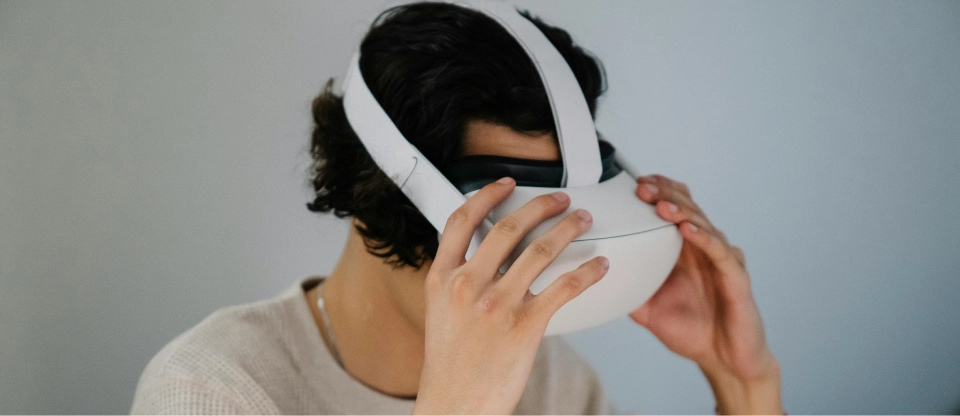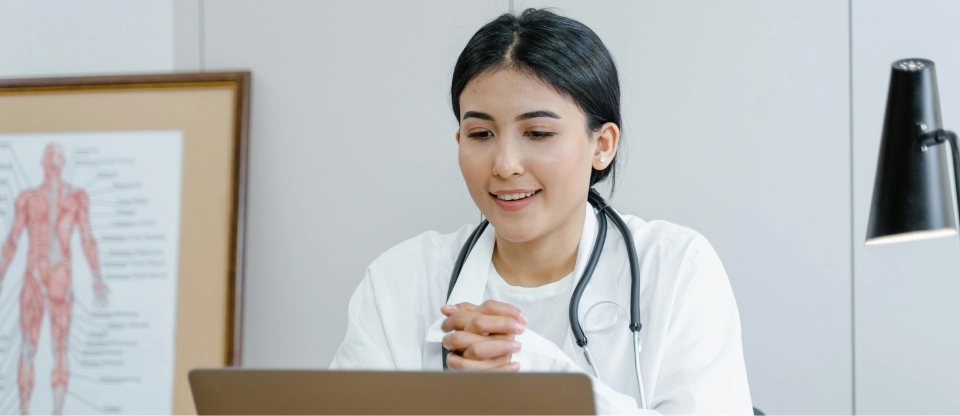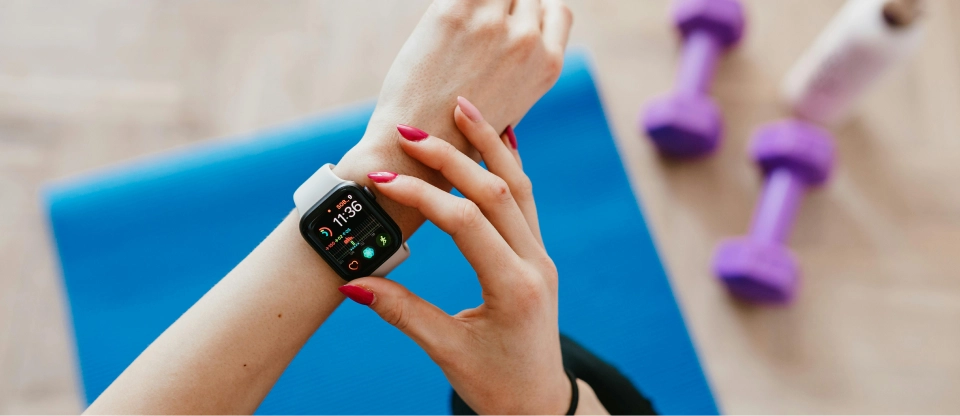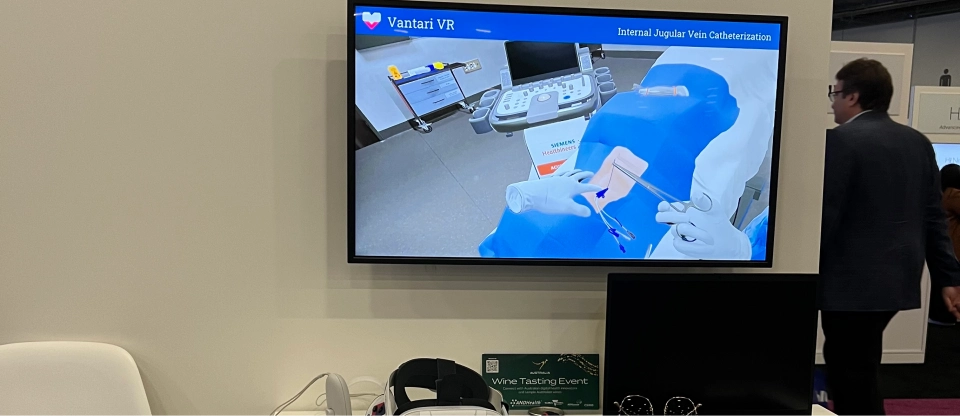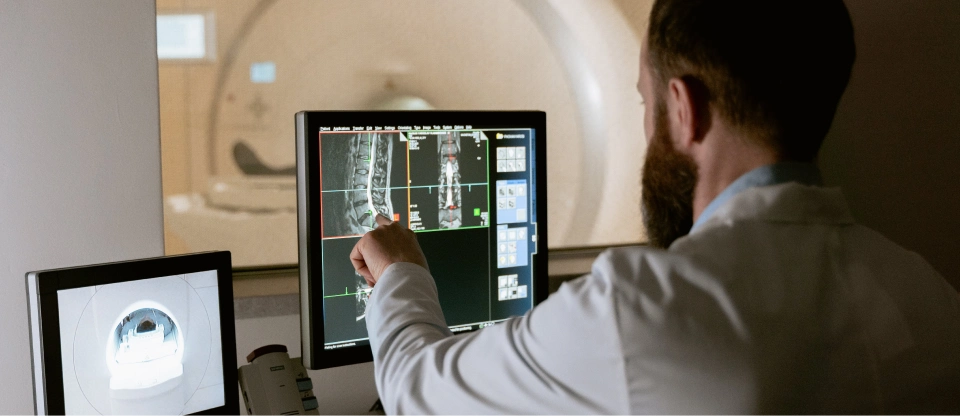In the ever-unfolding world of healthcare, new technologies and treatments continue to emerge. Wearable technology has emerged as a transformative force in healthcare, offering unprecedented opportunities for remote monitoring and personalized patient care. These wearable devices, equipped with advanced sensors and connectivity features, empower individuals to monitor their health metrics in real-time, providing healthcare professionals with valuable data for proactive intervention and improved outcomes.
Wearable technology encompasses a diverse array of devices, ranging from smartwatches and fitness trackers to more specialized medical-grade sensors embedded in clothing or accessories. What sets these devices apart is their ability to capture real-time data about various physiological parameters such as heart rate, blood pressure, oxygen levels, sleep patterns, and physical activity. This continuous data stream enables healthcare providers to monitor patients remotely, track chronic conditions more effectively, and intervene promptly when needed, thus improving patient outcomes and reducing healthcare costs.
Published on: 24 Jun 2024

